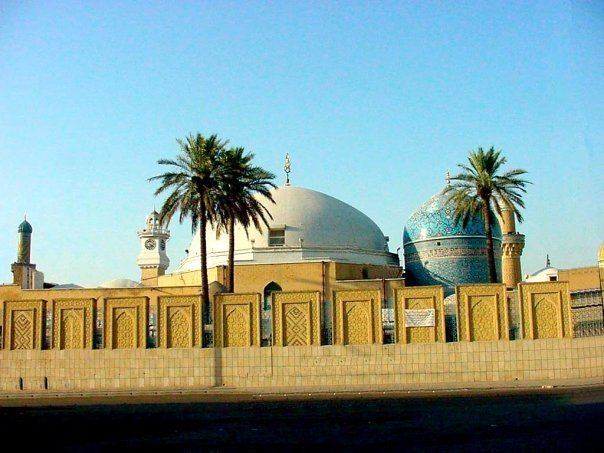Name Muhammad al-Tilimsani | ||
 | ||
Shaykh Muhammad ibn Ahmad ibn al-Hashimi ibn ʿAbd al-Rahman al-Tilimsani (Arabic: محمد الهاشمي التلمساني) (September 16, 1881 CE – December 19, 1961; Shawwal 22, 1298 AH – Rajab 12, 1381 AH) was an Algerian (by birth) and Syrian (by residence) Sufi saint and scholar, considered by some to have been the “renewer (mujaddid) of religion” and also the Shaʿrani of his time.
Contents
Biography
Shaykh al-Hashimi was born to parents who traced their lineage back to Hasan ibn ‘Ali, in the town of Sabda, in the vicinity of Tlemcen. His father was a scholar and a judge. Shaykh al-Hashimi was the eldest of the siblings.
In 1911 CE, during Ramadan, 1329 AH, al-Hashimi emigrated with his Shaykh Muhammad ibn Yallas to Syria, fleeing the French colonial administration’s restrictions on traditional scholarship. They stayed in Damascus for a few days, but al-Hashimi was forced by the authorities to journey on to Turkey and stay in Adana for two years, after which he returned to Damascus and was reunited with his Shaykh, remaining in his company and making Damascus his abode for the rest of his life.
Studies
Shaykh al-Hashimi studied the outward sciences with the following masters: the great scholar of hadith Badr al-Din al-Hasani, Shaykh Amin Suwayd, Shaykh Jaʿfar al-Kattani, Shaykh Najib Kiwan, Shaykh Tawfiq al-Ayyubi, Shaykh Muhammad al-ʿAttar from whom he learned the principles of jurisprudence, and Shaykh Muhammad ibn Yusuf al-Kafi from whom he learned Maliki jurisprudence.
As for Sufism, he was first a disciple of Shaykh Muhammad ibn Yallas, who authorised him to pass on the general litany (wird) of the Tariqa. After the death of Ibn Yallas in 1927 CE/1346 AH, when the famous Shaykh Ahmad al-ʿAlawi passed through Damascus on his way back from Mecca, he designated al-Hashimi as his deputy in the Middle East. Shaykh al-Hashimi would eventually become the representative par excellence of the ʿAlawiyya in the Levant, with many of his disciples and spiritual descendants still teaching to this day, in the lineage of what came to be called the Shadhiliyya-Darqawiyya-Hashimiyya tariqa. Four of his main disciples went on to remarkable careers of their own: Shaykh Muhammad al-Nabhan (1900–1972), Shaykh ʿAbd al-Qadir ʿIsa (1918–1992), Shaykh Muhammad Saʿid al-Kurdi (1890–1972) and Shaykh ʿAbd al-Rahman al-Shaghuri (1912–2004).
Works
In his long teaching career, he published only nine titles that include didactic poems and small treatises of a few pages, dealing with only two disciplines: Sufism and scholastic theology (fiqh).
